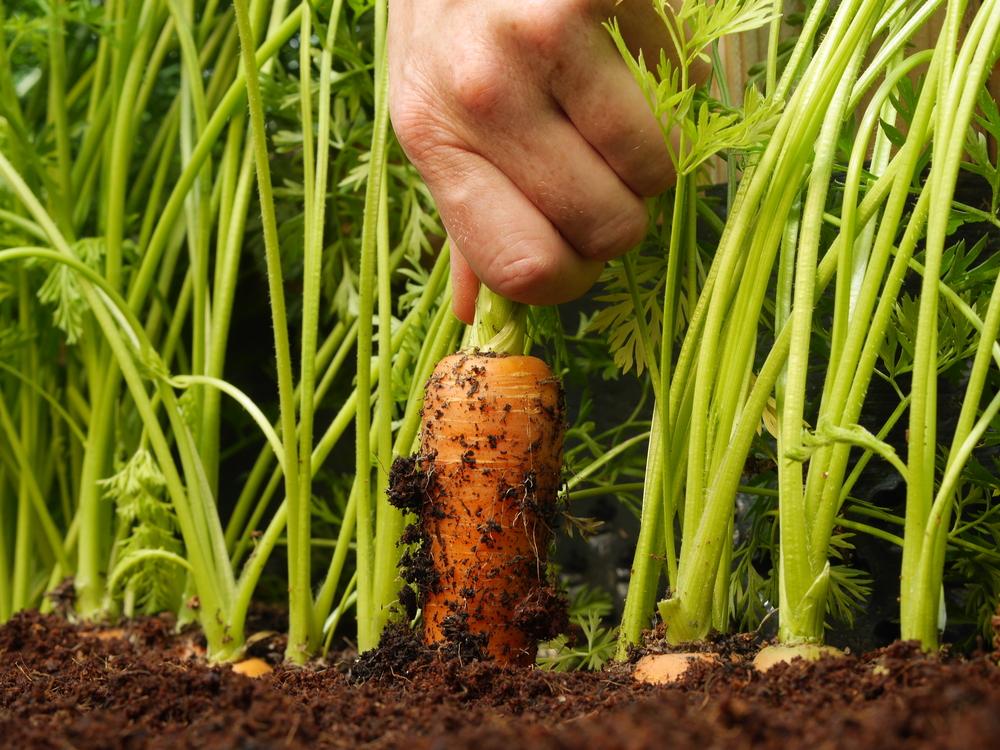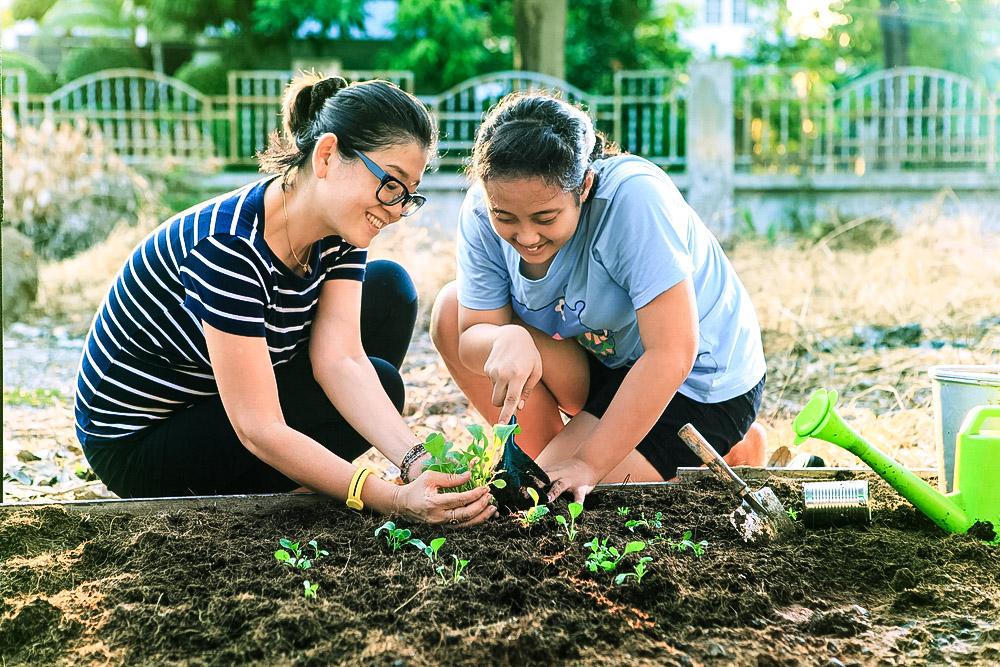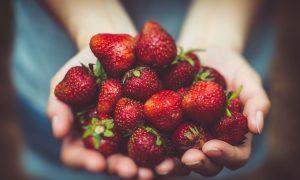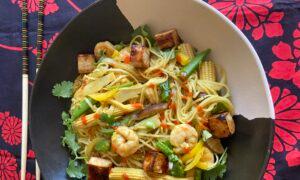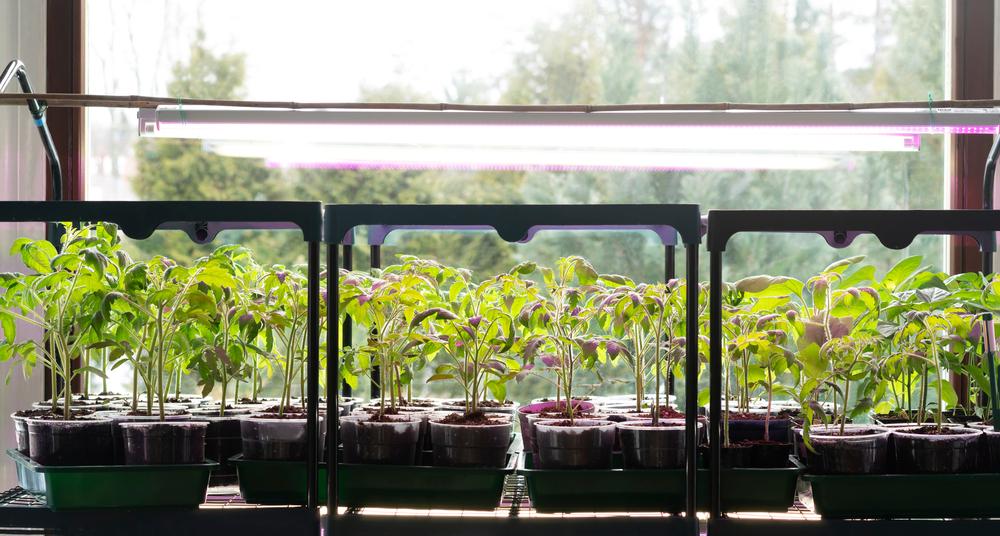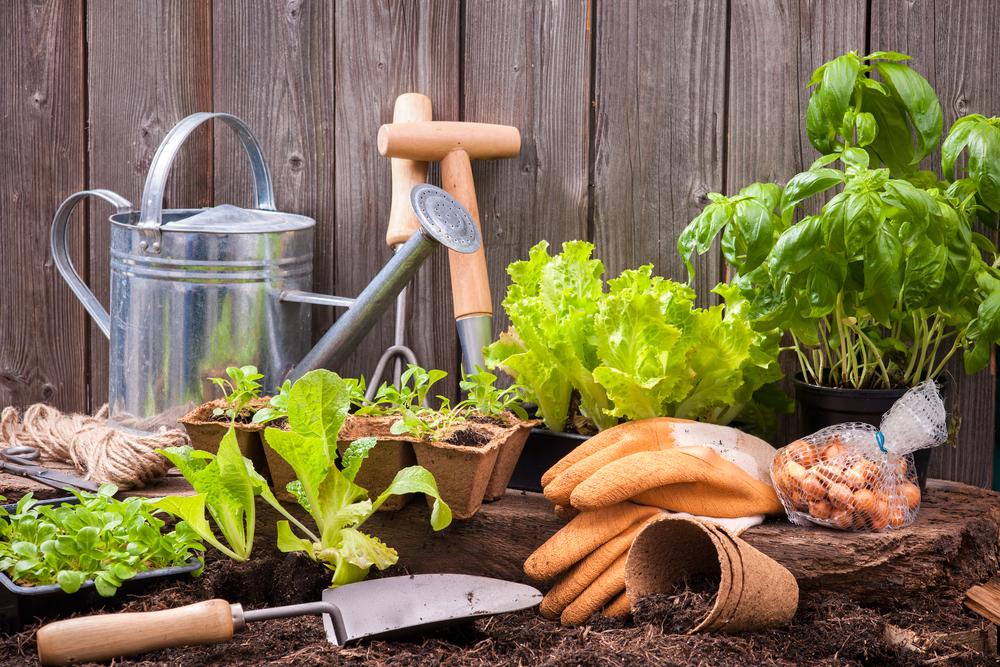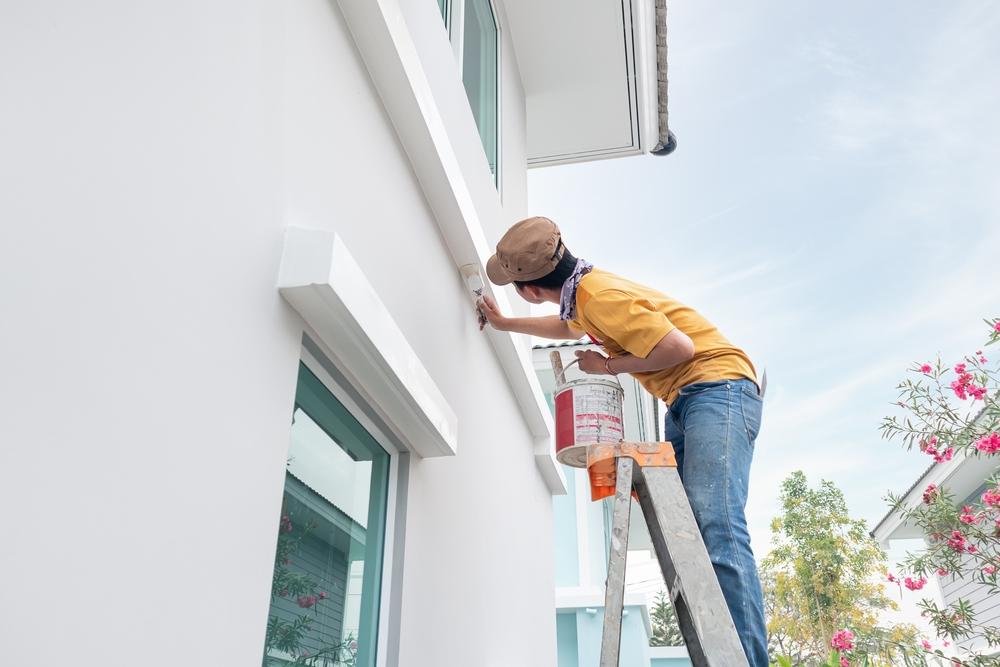March and April Faves
Fifty degrees Fahrenheit is a magic number when it comes to early spring vegetables. Lettuce, mustard greens, Swiss chard, kale, collards, beets, carrots, turnips, cabbage, spinach, kohlrabi, cauliflower, onions, radish, and celery, to name just a few, can all be direct-seeded once the soil is above 50 degrees F. In fact, some vegetables even require a cooler temperature of 50 to 70 degrees F for best germination.The soil temperature should not be confused with air temperature. To get an accurate reading, an inexpensive soil probe can be purchased online, but an old kitchen thermometer that shows both hot and cold will also do the trick. Why an old thermometer? No one wants to spear a thermometer into a roast after it’s been in the ground.
To get a further jumpstart on the process, seeds can be started six to eight weeks prior to planting out or purchased as seedlings from the local garden center. This works for many plants, including broccoli, cabbage, cauliflower, kale, lettuce, peas, and spinach.
However, root crops such as radish, beets, turnips, kohlrabi, and carrots prefer direct sowing, due to having a taproot that doesn’t like to be disturbed. Be sure to loosen the soil, as hard or compacted soil will stunt their growth. Avoid walking on wet soil, as this can lead to unintentional compaction. Speaking of wet soil, if the soil is too wet, seeds will rot, so it’s better to wait a few days to plant. If birds are showing an interest in the seeds or seedlings, consider using a row cover or milk jug cloche until the plants get larger.
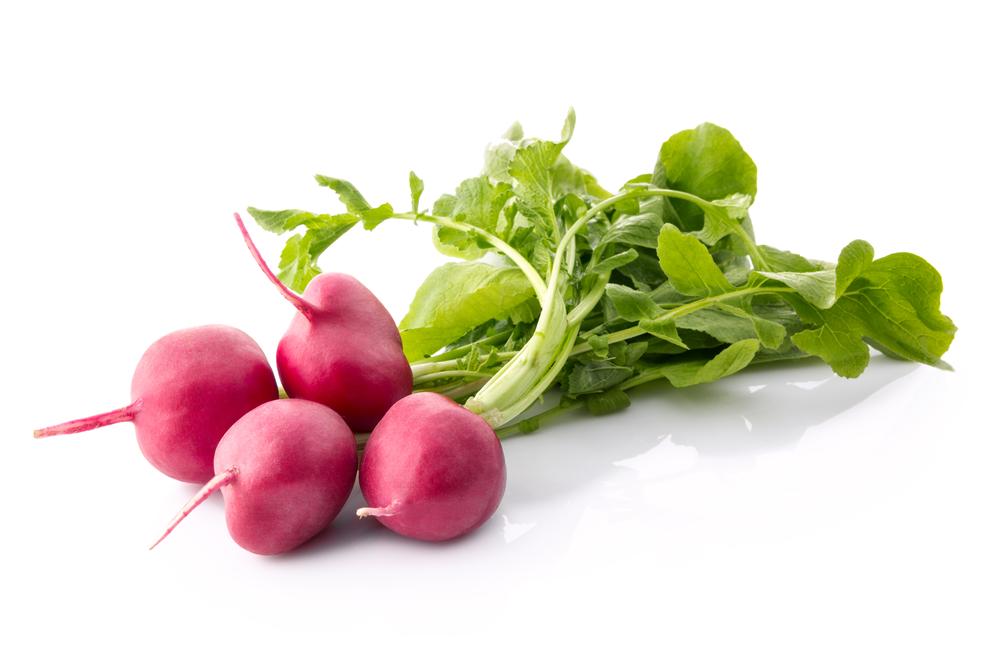
Speed Harvesting
Depending on the variety, some spring radishes can be eaten in as little as 25 days, with the majority of them taking no longer than 40 days. The leaves of green onions can be added to cooking starting at roughly 30 days. Lettuce can be cut (and come again for more leaves) starting at roughly 45 days, as can spinach. Beets and broccoli can be ready in as little as 50 days or shortly thereafter, with some varieties of cabbage, carrots, cauliflower, kohlrabi, and peas coming in at about 55 to 60 days. In the case of peas, in particular, harvest often to encourage more pod formation.These short timeframes allow for succession planting—particularly for root crops that are one-and-done. Radish is an excellent example, since new sowings can be made every two weeks until summer to ensure a continuous supply.
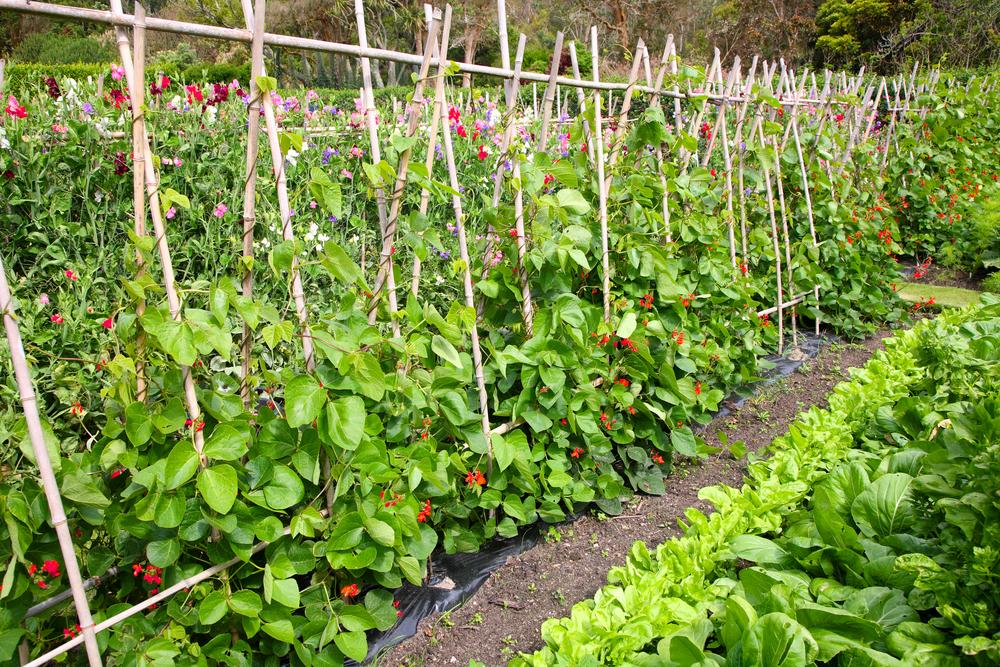
Double Duty
Companion planting can help maximize valuable garden (or raised bed or container) real estate while keeping pests away. The simplest way to start is with layers—combining a skyward-growing crop with root vegetables. One example is radishes or beets planted with shallow-rooted lettuce. Not only will this combo make the most of the space, watering, and fertilizing, but root crops break up soil as they grow, resulting in better aeration and water penetration, while the shallow roots of the lettuce won’t affect radish or beet growth. Onion sets planted amongst greens will have similar benefits.Always Thinking Ahead
Once the garden is up and running, it’s time to start thinking about pre-sprouting late spring and summer crops indoors. Tomatoes, peppers, cucumbers, and summer squash are cheaper when started from seed, which also allows for a much larger selection than is normally available locally.